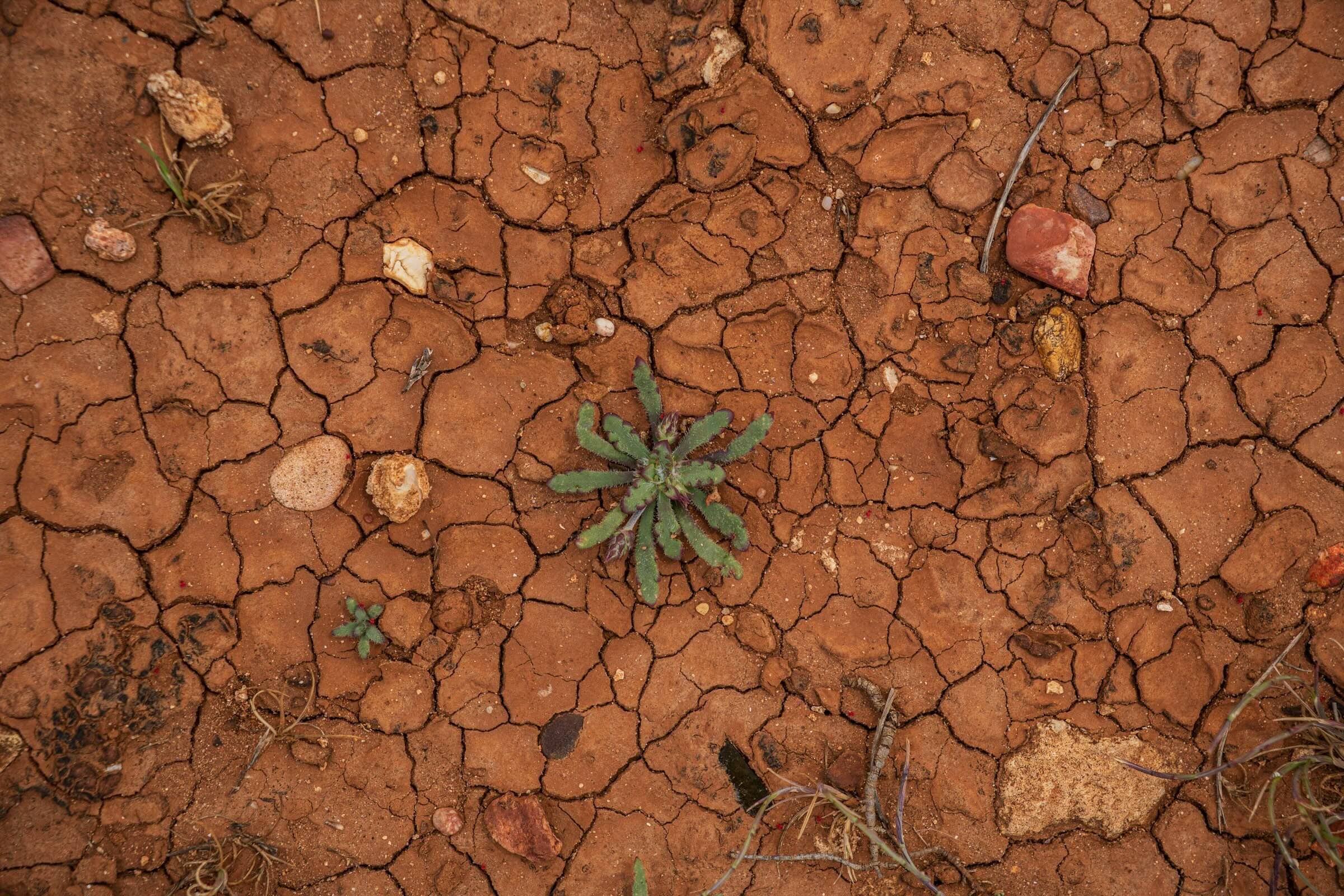Risk prevention and management is a key area of research as decision makers seek to address the challenges posed by a changing climate. “Risk and resilience are often combined into the same categories but they should be treated differently,” says Igor Linkov, Adjunct Professor with Carnegie Mellon University and Senior Executive in the US Army Corps of Engineers. Speaking at the CMCC Lectures series, Linkov outlines the latest science and practice in risk and resilience studies.
“Resilience should be quantified using network science tools, whereas risks should instead focus on probabilistic risk assessment strategies,” continues Linkov. He emphasizes the need to distinguish between vulnerability, risk, and resilience and advocates for standardized resilience metrics. Such models, when applied across multiple decision making spheres, can improve climate change preparedness, response, and recovery at a national level.
The webinar provides a unique opportunity to explore resilience management and its implications for effective policy-making, with Linkov highlighting how sustainability, resilience, and smart technologies often compete for the same limited resources but have distinct economic impacts.
“Systems are composed of many different components and as scientists we tend to focus on them individually whereas they are all interacting. This makes a systems approach necessary,” he says. “If we understand what assets drive vulnerability or resilience issues then we will be able to find management alternatives that act on the individual components so that the system can work. This is the key issue of resilience: the ability to recover at a systemic level.”
History offers valuable lessons. The responses of past civilizations to crises – whether leading to resilience or collapse – underscore the importance of interconnected networks. According to Linkov, understanding these networks is essential for managing risks effectively. Resilience in societal systems is therefore shaped by cascading and compounding threats that require a networked approach to mitigation and recovery.
“Resilience is the capacity to recover quickly from difficulties. Threats such as climate change exist and what we have to do is find ways of ensuring fast recovery from their impacts,” says Linkov. “How do you manage risk? Lower the probability of events happening. How do you manage resilience? Ensure systemic recovery.”
With risk assessment and management we never have enough information to quantify risks with absolute accuracy. However, by building resilience and implementing resilience based strategies we can respond to these risks more effectively. This highlights the difference and need for separation between risk and resilience for effective responses. An approach that from a scientific point of view will require a universal definition of resilience – one that enables metrics-based evaluations and practical implementation.
Watch the full webinar on YouTube:
The CMCC Lectures series offers influential scientists a dynamic platform where they can share groundbreaking research through meaningful conversations with peers and the broader scientific community.






